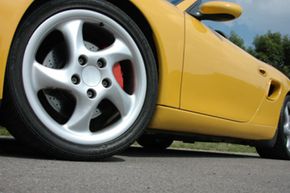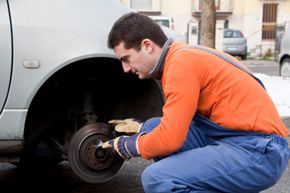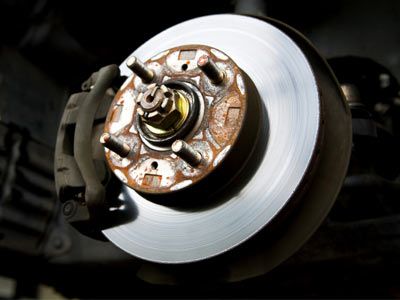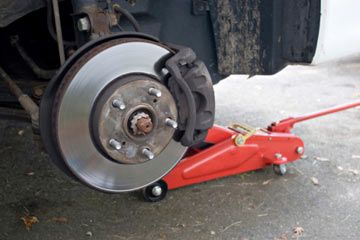There are some car problems you simply shouldn't ignore. Brake problems are perhaps chief among them. A car that can't stop, or has trouble stopping, is dangerous for the driver and everyone else on the road. That's why it's important to keep all parts of your brakes in proper working order.
First, let's talk about brake calipers and what they do. On a disc-brake-equipped car, the caliper sits over the brake rotor (the circular metal disk inside your wheel) like a clamp. Inside the caliper is a brake pad, a small block of friction material backed with a metal plate. When you step on your brake pedal, pistons inside the caliper cause it to apply pressure to the brake pad which squeezes the rotor, causing the car to slow or stop.
Advertisement
That's the idea, anyway. But if one or more parts of your brake calipers aren't working correctly or if they're installed improperly, you could experience trouble with stopping. When you're performing work on your brakes, you have to ensure there aren't any problems with your caliper guide pins.
The caliper guide pins are two round metal pins on each brake caliper where the brake piston assembly sits. They're called guide pins because they're responsible for guiding the proper angle for how the brake pad meets the rotor.
On the next page, we'll explore how to determine whether or not your brake caliper guide pins are causing problems, and explain how to fix them if they are.
Advertisement





